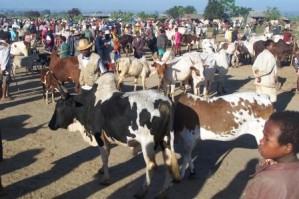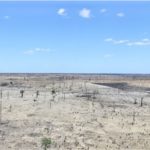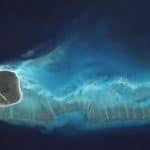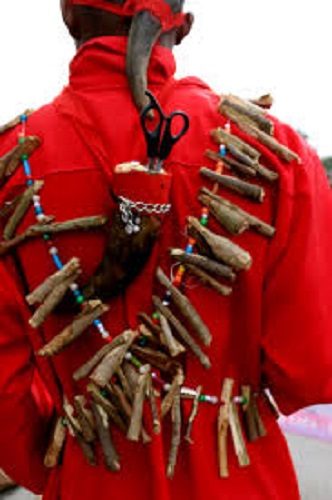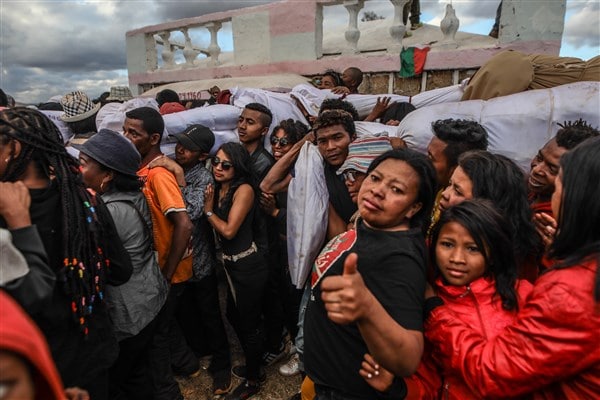The long road to the slaughterhouses of Madagascar
According to more recent estimates, Madagascar is now home to more Zebu Cattle than humans, an estimated 25 million animals represent the wealth and prosperity of many Madagascans on the one hand - but are nevertheless in direct competition with them, since the already scarce arable land is additionally burdened by the zebu cattle. On top of this, the pernicious practice of shifting cultivation and "slash and burn," as "tavy," the ancient technique of southern nomads is called, prevails. Here, Madagascar's ever-shrinking forest is first burned and cleared, then crops or pastures can be created for two to three years, which are soon depleted and left devastated, while the next forests are already being burned.....
The Cattle status value or the common form of value investment they represent is in any case not in any reasonable economic relation to each other!
For the meat supply of the Malagasy, where beef is very expensive anyway, 5-6 million animals would be just as appropriate. In addition, the Dairy farming in Madagascar is still in its infancy: the fallen President Ravalomanana had founded his empire on a dairy chain, in the area of Antsirabe there are also villages in which local cheese is produced. But the greatest value among the zebus - also due to the lack of importance of dairy farming - are the male animals!
A large bull can cost as much as a million ariary, so the trade in zebus is a traditionally lucrative, if often exhausting and not always harmless, business!
Livestock markets like the one in Ambovombe in the south or in Ambalavao in the highlands are always well attended and economically outstanding events. But many animals are also driven directly from the origin to the slaughterhouses of Fianar and Tana, herds of cattle on the overland roads are therefore a normal phenomenon!
It is often a long way to the markets and slaughterhouses: often for weeks, the shepherds drive the animals from the area of Fort Dauphin and Ambaoasary over the mountains to the north, an endless trek of man and beast, walked for generations. Since in Madagascar also Cattle theft In addition to the "death marches" to the slaughterhouses, another clandestine and illegal infrastructure has developed: these gangs load the herds of cattle on the spot onto livestock transporters which then roll up to the nearest slaughterhouse or port of loading. The prices paid for beef in the Comoros or Reunion, for example, make this business very lucrative. Because of the increasing dangers in the south of Madagascar, the traditional way of driving cattle, which lasts for weeks, is decreasing more and more. Nowadays, to avoid cattle theft, more and more animals are driven to Antananarivo by trucks.
More on the topic via this link: Zebus in Madagascar


